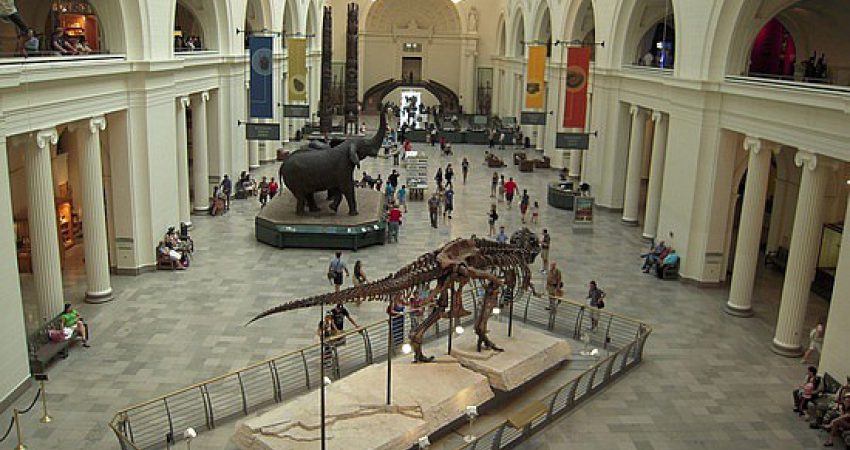
By Heather King - June 2011
PAPER CITATION
Moisan H. (2009). Partners in process: How museum educators and classroom teachers can create outstanding results. Journal of Museum Education, 34(4), 23–40.
Collaborations between schools and ISIs potentially offer powerful learning opportunities, yet assessing the varying needs and perspectives of each partner is not always easy. In this research, Mosian presents an open and honest account of a collaborative project and provides a valuable insight into the important stages of effective collaboration.
Mosian’s account is based on Great Chicago Stories, a collaborative effort between the Chicago History Museum, Chicago schoolteachers, advisers, writers, and consultants. The intentions were to create a learning resource (in this case, 12 online stories offering differing viewpoints about Chicago’s social history) that other teachers would trust and rely on, and to build a learning community that enabled partners to tap into each other’s expertise and knowledge.
Mosian has identified the following requirements and recommendations based on her experiences of building and sustaining the collaboration:
• “Collaboration needs to be thought through and requires careful tending” (p. 27): it needs to be based and sustained upon a shared view, shared expectations, and shared commitment.
• Commitment must come forth from both the institutional partner with regard to senior management support, and from the partnering schools. The latter was achieved in this instance by asking teachers to apply for the project.
• If partners are to work together, they must firstly understand and respect each other’s perspectives. To this end, the teachers in this project spent time in the museum, and the museum educators spent time in school. The main intention of the museum educators was not to evaluate how the resource was working but to understand the context in which it would be used.
• To accomplish equality amongst partners, the intellectual and professional lives of all participants need to be enhanced. In this case, partners participated in a specialist training session led by the local university on the development of curriculum using a backward design approach called “Understanding by Design”.
• Professional growth of partners notwithstanding, a true sense of community can only be attained if time is set aside for regular meetings involving face-to-face interaction.
• Developing a sense of shared ownership for the resource may be fostered by submitting co-authored work to peer review and engaging jointly in subsequent revisions.
• While collaborative, all partnership projects require solid leadership to move the project forward, and to maintain equity and balance.
• Effective leadership may be upheld by the use of ongoing evaluation to refine the project as work progresses. In this particular project, the externally led evaluation efforts included classroom observations, teacher logs, debriefing interviews, and analyses of student work. Ongoing feedback from the evaluators kept the partners up to date on their progress toward project targets.
Mosian concludes her account by noting that the collaboration resulted in the development of a true community of students who pooled their expertise to produce the best quality instructional resource. The message to ISE institutions is clear: “With shared vision, committed partners and solid planning, museum educators and classroom teachers can work together to enrich student learning in a much more impactful way than schools and museums can accomplish on their own” (p. 39).




